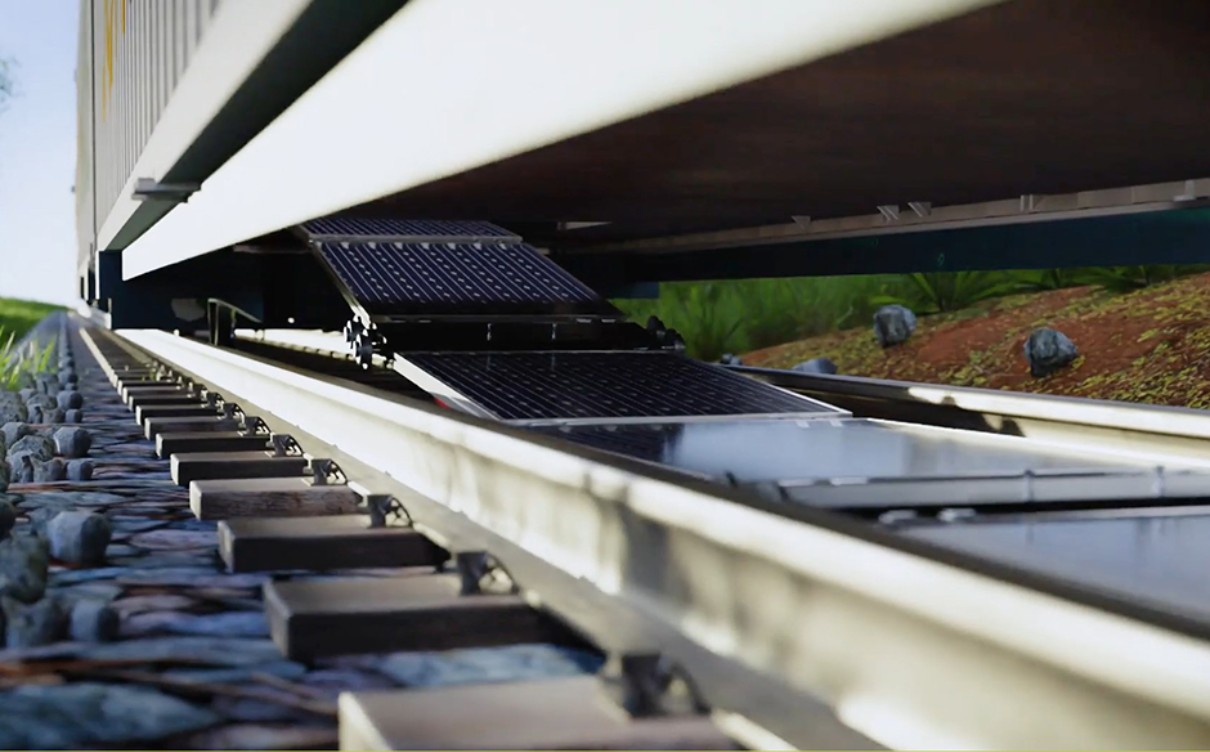Page content
Using empty space between rails to generate solar power
With a patented solution, the Swiss company Sun-Ways wants to contribute to an extensive production of clean and locally generated electricity. The technology aims at benefiting from the “empty” space between the two rails of a railway track. The removable solar panels are placed mechanically without interrupting rail traffic. They can be removed again one by one when maintenance work is needed.
“The idea is not new and there are already initiatives trying to use this type of surface,” Sun-Ways says. However, they say their company’s panel development is the only one with a removable system which can meet the technical constraints imposed by rail infrastructure maintenance requirements.
Prototype development
After the mechanical design, undertaken in collaboration with the research institute of the EPFL in Lausanne and with the support of Innosuisse, the Alliance association and Venturelab, the project is now entering the prototype development phase of the technical elements which will allow photovoltaic panels to be installed between the rails. These elements are the core of the development, as the entire system is pre-assembled in the workshop and then loaded onto a special train which rolls out the photovoltaic panels like a carpet between the rails. The special feature of this technology is that the equipment can be completely or partially removed at any time to carry out maintenance work on the tracks, such as tamping, cleaning or grinding; the solar panels are then put back in place.
The technology has been tested since May in a pilot project on a 100-metre section of the rail network of the Neuchâtel transport company transN near the Buttes railway station. The Swiss Centre for Electronics and Microtechnology (CSEM) in Neuchâtel is carrying out the analyses to assess the resistance of the solar panels in this new environment. The project, which Sun-Ways says has a budget of 400,000 Swiss francs (CHF), involves transN, Scheuchzer, Romande Energie, Viteos, DG Rail, RM voie ferrée, Meccad and GESTE Engineering, while Geneva industrial services are supporting it with a financial contribution of CHF 100,000 from the Vitale Innovation Fund.

In the pilot project, 50 photovoltaic panels will be installed over 100 metres. Photo: Scuderi Marketing Services

